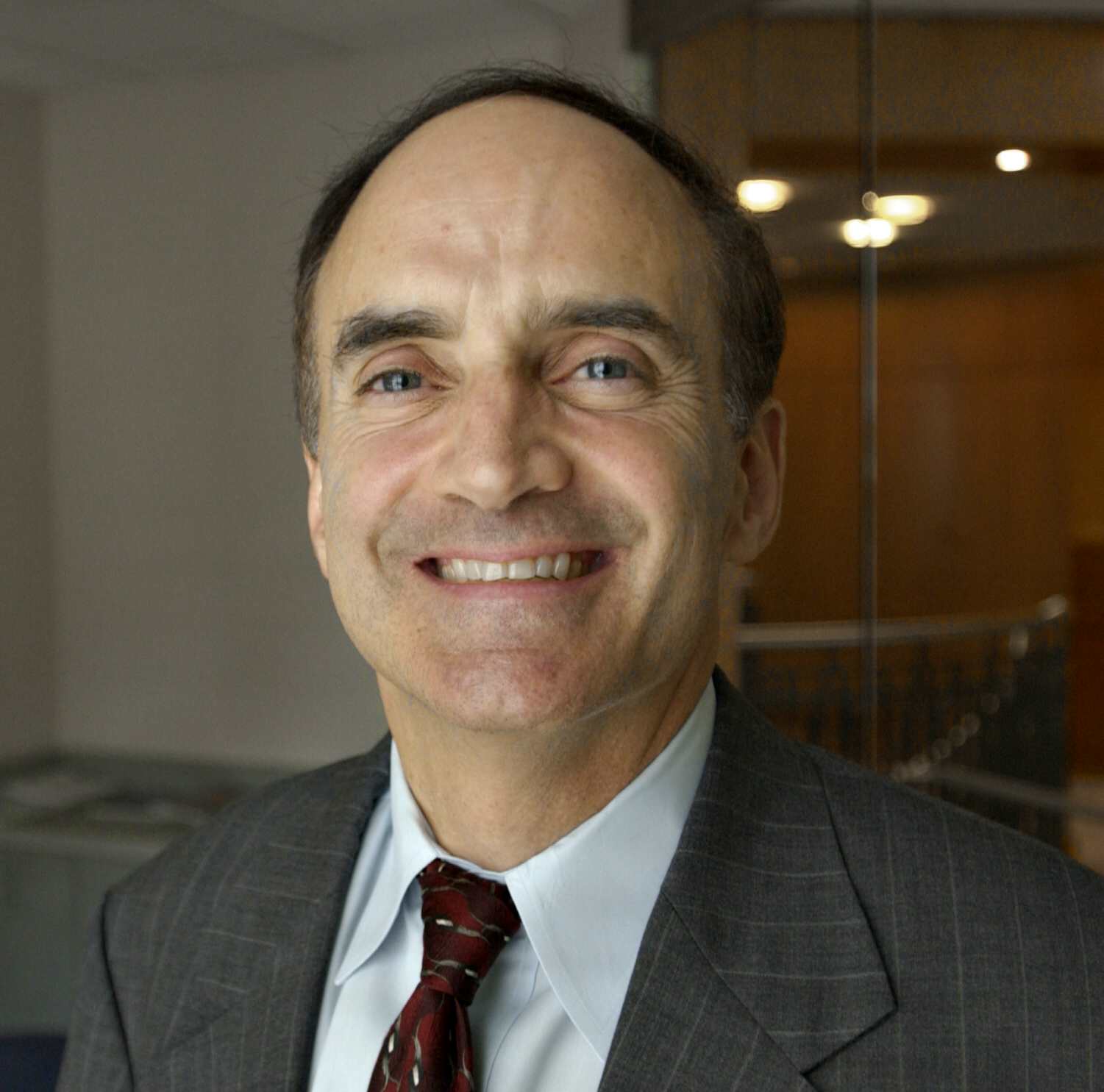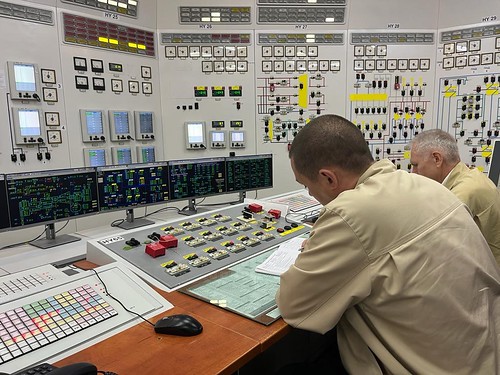Article originally published in The Washington Diplomat
By Robert Weiner and Joshua Himelfarb
Even though the power is back on, Europe's largest nuclear power plant, Zaporizhzhya, which is surrounded by Russian troops, has lost all external power for safety systems twice in five days. Russian nearby shelling and troop ineptness around the plant are at fault. An expansion of the southeastern war front in Ukraine culminated in a Russian missile strike hitting the Pivdennoukrainsk Nuclear Power Plant. These assaults represent a continued weaponization of Ukrainian nuclear power plants, including the decommissioned Chernobyl Nuclear Power Plant where Russian troops were forced to dig trenches in the well known "Red Forest". Despite international calls for demilitarization in these ardeas, it has not happened, and the region and the world are at risk.
Weaponization of nuclear civilian sites is as dangerous as nuclear bomb threats. Diplomacy is needed immediately.
The weakening of accepted norms regarding civilian nuclear energy led Director General Rafael Grossi to spearhead the International Atomic Energy Agency's (IAEA) Support and Assistance Mission to Zaporizhzhya (ISAMZ). The delegation of technical experts"tasked with examining physical damage to the ZNPP (Zaporizhzhya), testing back-up security structures, and evaluating staff conditions"signify the growing concern for a potential radiation leak amid current fighting. So far, the fact-finding mission provided a risk management service without accusatory language towards the perpetrators for fear of obstructing the independent investigation altogether. The question remains, how best to desist tit-for-tat attacks around nuclear power plants and thus minimize the threat of exposure.
Six months into the Russo-Ukrainian War, the working conditions of the Zaporizhzhya plant remains severely diminished. The ZNPP, consisting of six VVER-1000 reactors, sustained damages from external shelling that struck special buildings housing monitoring systems and stored fuel, along with breakage near the reactors. More so, the Ukrainian State Nuclear Energy Company, Energoatom, documented insecure off-site power supply. While fires severed most high voltage transmission lines connecting the facility to the national power grid, the sole operational reactor unit was satisfying electricity demand, until a safety protocol was reached to enact a cold shutdown. The site contains twenty diesel generators for stable operation of reactors and coolant functions in the face of sporadic emergency power outages.
At the onset of the war, Russian forces captured the Ukrainian city of Enerhodar, the site of Europe's largest nuclear power plant. At the ZNPP, UN observers identified the presence of Russian military equipment, personnel, and vehicles during the multiday ISAMZ mission. Ukraine claims that Russia transformed the power plant into a springboard for artillery strikes on towns along the northern stretch of the Dnieper River. Russia, in turn, placed blame on Ukraine for a recent drone attack targeting administrative and storage facilities within the compound. A plant worker also suffered fatal injuries in a mortar attack outside the power plant. The deteriorating safety conditions, further illustrated by hours delay for UN inspectors met with unanticipated attacks, exacerbated reciprocal accusations of military provocation between Ukrainian and Russian counterparts.
The ever-declining security circumstances led the European Commission to donate more than five million potassium iodide pills to residents living within a 35-mile radius of the plant as a preventative measure against radiation-induced diseases, namely thyroid cancer. In tandem, the responses to Russia's ongoing occupation of the ZNPP encompass a host of competing opinions. The IAEA maintains a position of neutrality, serving as the loudest advocate for demilitarization and the formulation of a security zone around the plant. The European Union and United States echoed the same program, with the EU Foreign Policy Chief Josep Borrell pushing for a full withdrawal of Russian forces from the plant. Thus far, Russia stands opposed to de-escalatory proposals that insist on returning ownership of the plant, and Russian Defense Minister Sergei Shoigu branded Ukraine guilty of 'nuclear terrorism' following a barrage of nearby projectiles. Most recently, however, Russian forces stepped up assaults on critical infrastructure in Kharkiv Oblast, causing widespread blackouts and water shortages. Observers find Ukraine's eastward counteroffensive, targeting ammunition depots and supply routes, a probable catalyst for Russia's latest retaliatory campaign.
Failure to contain the dangers of a nuclear fallout, directly or indirectly, marks a turning point in the existing status quo for secure and reliable civilian nuclear energy. Earlier in the war, footage exposed Russian troops digging fortifications in contaminated areas of the Chernobyl Exclusion Zone, leaving radiation levels elevated after a pullout of Russian troops. The callous digging in the "Red Forest", ther disregard for radioactive sickness, and refusal to report illness or death numbers, corresponds to the low level threat perception emanating from a military policy that discriminately targets nuclear power stations. As Ukraine and Russia jointly expressed varying degrees of support for a security zone, efforts are underway to negotiate the establishment of a permanent IAEA monitoring group. Although, the push for Russian demilitarization of the ZNPP appears largely unattainable without further damaging the power plant.
The opportunity for diplomacy is nearing dangerously close to a breakdown, with close-quarter fighting minimizing room for political maneuverability. As multilateral institutions deploy resources and experts to surveille and stabilize the Zaporizhzhya power plant, the last avenue for mitigation consists of a broad-based coalition of international actors naming and shaming instigators of violence. Putin has responded to dangerous situations mandating international diplomacy. The time for all to come together is now.
Robert Weiner was a spokesman in the Clinton and George W. Bush White Houses, and earlier for the House Government Operations Committee, as well as for Four-Star Gen. Barry McCaffrey, Congressmen Conyers, Rangel, Pepper, Koch, and Sen. Ted Kennedy. Joshua Himelfarb is a Policy Analyst at Robert Weiner Associates and Solutions for Change.
(Article changed on Oct 13, 2022 at 12:23 PM EDT)
(Article changed on Oct 14, 2022 at 12:28 PM EDT)






